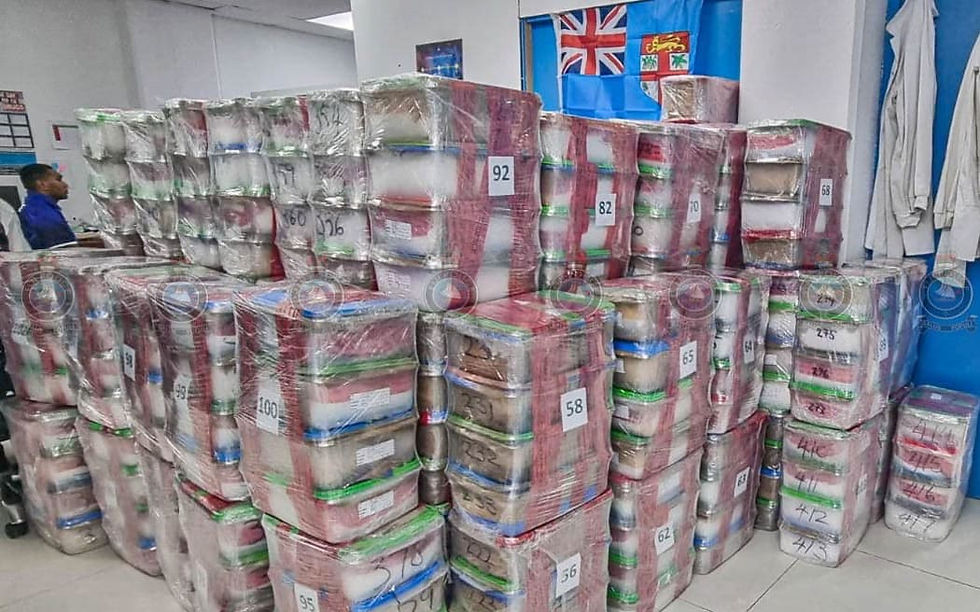Strangers in Paradise: Fiji's feral foes
- B.M. Allsopp

- Jun 14, 2020
- 2 min read
Mammals of Fiji
How many native land-mammal species does Fiji have?
These species all belong to one mammal class. Any guesses?
The answers are six and bat. I hope I've surprised you, but I suppose the picture gives the game away. I first discovered these facts in Paddy Ryan's ground-breaking book Fiji's Natural Heritage, All other mammals you'll see in Fiji were brought to the islands by humans. Some introductions were accidental; others deliberate.
The First Interlopers
Although we can't be too precise about when each imported animal arrived in the islands, the first to come were the Polynesian rat and the pig. They were brought by the people who discovered Fiji 3,500 years ago. Rats and pigs were a food supply, both during the voyagers' amazing journeys and after they made landfall.
Pigs, once feral, caused serious damage to the forest. Rats preyed on birds' eggs, thus devastating existing ground-dwelling birds, some of which are now extinct.

Colonial misfits
The brown rat, black rat and house mouse were accidental introductions in the 19th century via ships. Black rats have been seen high on the mountains of pristine Taveuni island, "leaping about the treetops like monkeys".
Goats were deliberately introduced as a food source in the 19th century and are very popular eating today. They have become feral and threatened native iguanas by destroying vegetation. Fortunately, Fiji has managed to exterminate goats on a small island where the beautiful banded and crested iguanas now flourish.

The mongoose was the only mammal let loose in Fiji as a biological control. The Rewa Sugar Company imported the animal from the West Indies in 1883 to control rats in sugar cane. The mongoose liked rats well enough, but it preferred snakes. It killed off nearly all the Fiji land snakes whose sole diet was rats and mice. The five percent annual loss of sugar cane to rats continued.
I had never seen a mongoose before going to Fiji. I found it fascinating to watch a regular in my garden and a mother with twins from my office window. They're alert, always 'on a mission'. However, as well as almost wiping out land snakes they're a threat to some small bird species as well as any remaining snakes.
Feral cats are undoubtedly the biggest threat to Fiji's depleted wildlife these days, according to Paddy Ryan. It's not likely that any of these misfit mammals will ever be eliminated, but specific projects on small islands have been successful in enabling remnant populations to come back from the brink. Today, Fiji is very aware of conservation and supports feasible projects to protect species like the banded and crested iguanas.
I would love to answer any questions about Fiji or my books from readers. Just leave me a message on bmallsopp.com or email me at bernadette@bmallsopp.com.
I look forward to hearing from you!
.png)



Comments